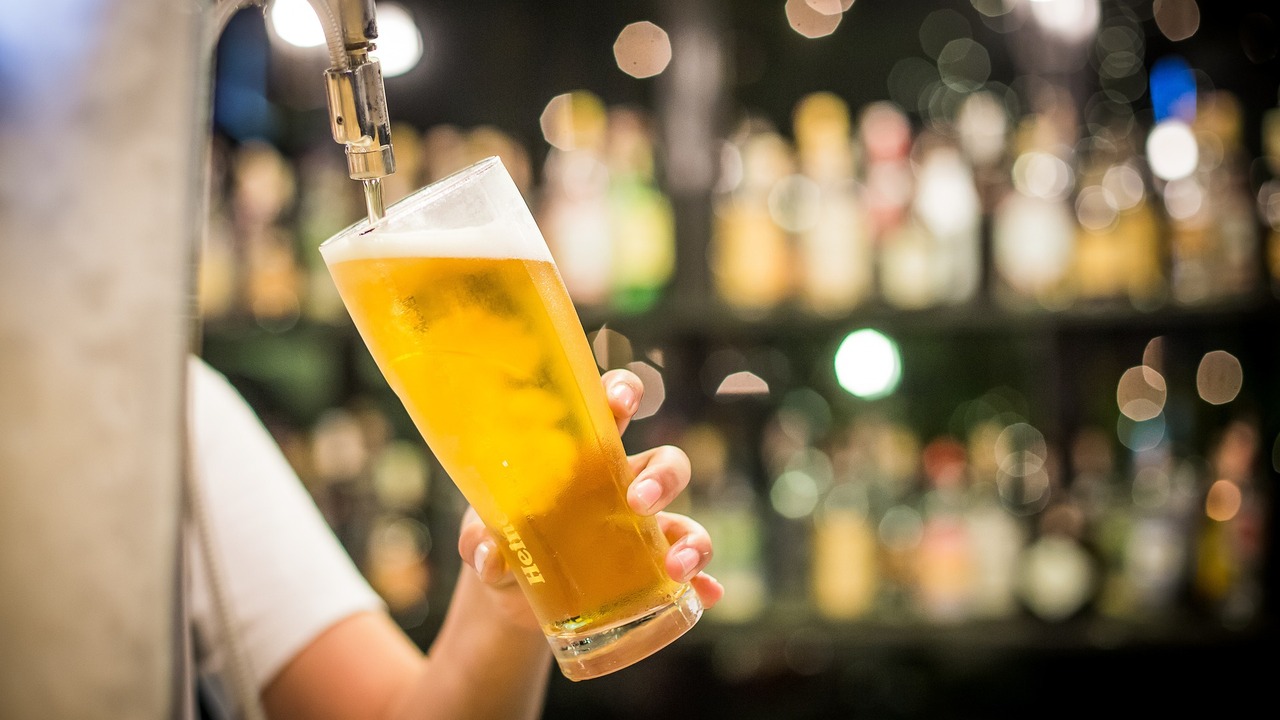For centuries, beer has been brewed in open horizontal barrels. But in the 1970s the industry shifted to large, sealed containers that were much easier to fill, empty and clean. During fermentation, yeast converts 50 percent of the sugar in the must to ethanol and the remaining 50 percent to carbon dioxide. The problem is that the carbon dioxide presses on these sealed containers and suppresses the taste of the beer.
Johan Thevelein and his team pioneered the technology to identify genes responsible for commercially important traits in yeast. They used this technology to identify genes responsible for beer flavor by selecting multiple strains of yeast to determine which ones retained flavor best under pressure. They focused on the banana-like flavor gene “because it’s one of the most important flavors found in other spirits besides beer,” Tevlein said.
“To our surprise, we identified a single mutation in the MDS3 gene that encodes a regulator involved in the production of isoamyl acetate, the source of the banana flavor that is responsible for most of the pressure tolerance in this particular yeast strain,” Tevelein said.
Thevelein and colleagues then used a gene-editing technology, CRISPR/Cas9, to create this mutation in other brewing strains, which similarly increased their resistance to carbon dioxide pressure and resulted in full flavor.
Source: Ferra











